60 Of The Most Bizarre One Hit Wonders Of The 1960s and 1970s
The Archies, 'Sugar Sugar'
Prepare to be transported back in time as we dive into the world of music to explore the quirkiest and most eccentric one-hit wonders that graced the airwaves during the colorful decades of the 1960s and 1970s. From psychedelic pop gems to offbeat disco delights, join us on a musical journey filled with delightful oddities, unexpected chart-toppers, and artists whose fleeting moments in the spotlight left a lasting imprint on music history. Get ready to groove, laugh, and reminisce about the most bizarre and unforgettable tunes that captured hearts for a moment, forever etching their place in the annals of musical curiosities. Let's turn up the volume and rediscover the delightful eccentricities of the bygone era's one-hit wonders!
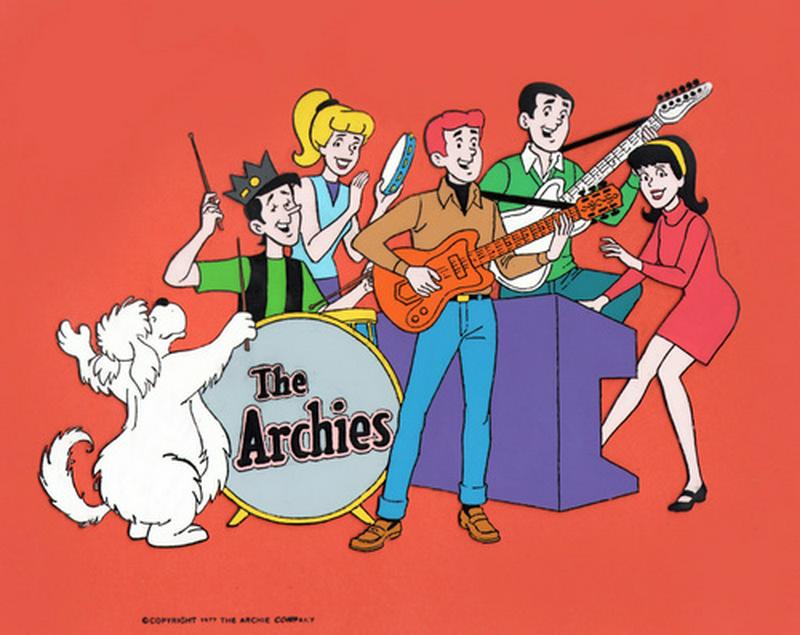
Carl Douglas, "Kung Fu Fighting"
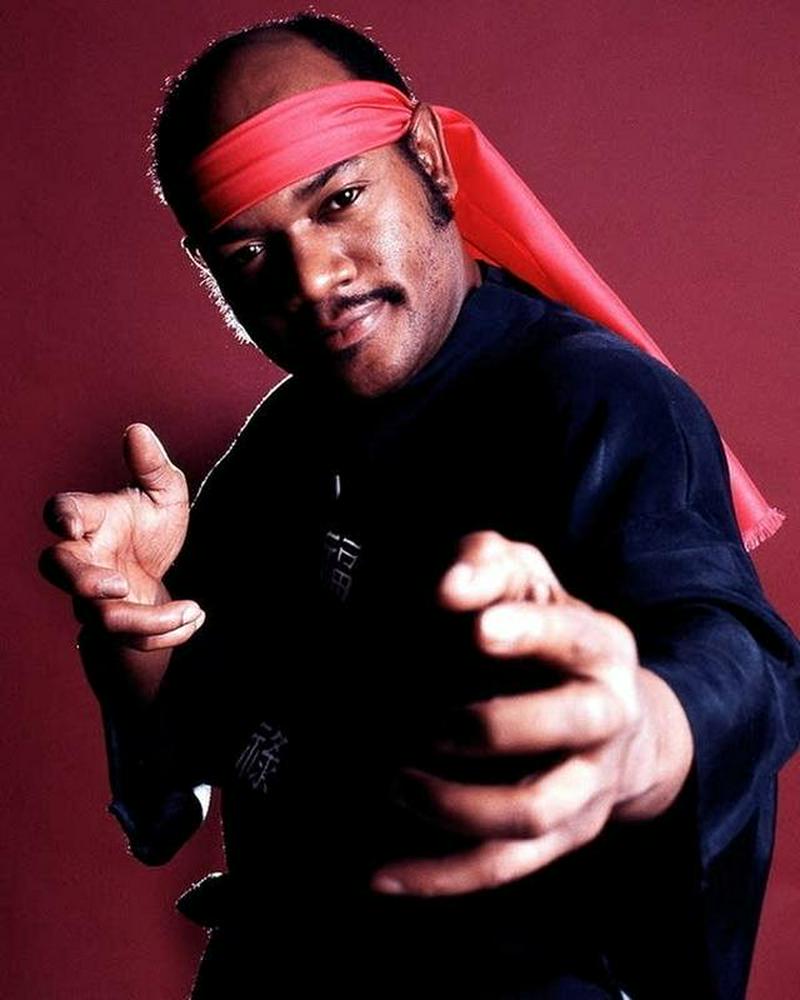
Was everyone Kung Fu fighting in the 1970s? According to Carl Douglas they were. This goof off novelty song was originally a B-side for the single "I Want to Give You My Everything," but that song didn't pop nearly as hard as Douglas' ode to getting windmill kicked in the face.
The single sold 11 million copies and became a staple of film and television but that was all she wrote for Douglas' career as a pop star.
Mountain, "Mississippi Queen"
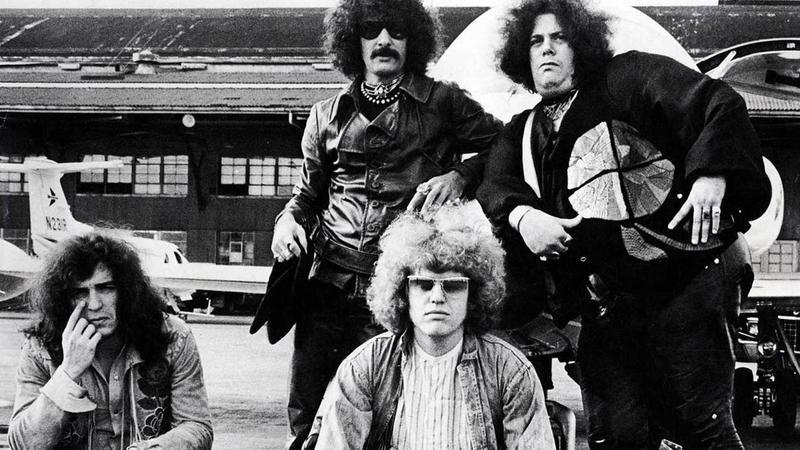
"Mississippi Queen" may sound like the kind of song to come out of the Skynyrd influenced world of southern rock, but it's actually performed by Mountain, a group of Long Island natives. The band got together in 1969, just in time to perform at Woodstock (talk about good timing) before snagging this #21 hit on the Billboard Hot 100 in 1970. The group broke up two years later proving the adage that it's best to get in and get out.
Roy Clark, "Yesterday When I Was Young"

Who knew that total bummer of a song written from the perspective of someone on their death bed would be such a big hit? In 1969, Roy Clark's version of "Yesterday When I Was Young" soared to the top of the charts in Canada and the United States. To make things even stranger, this version of the song was played at baseball legend Mickey Mantle's funeral in 1995.
Ernie K-Doe, 'Mother-In-Law'

In 1961, Ernie K-Doe, an African-American rhythm-and-blues singer recorded "Mother-in-Law", written and produced by Allen Toussaint. The song was a #1 hit in the U.S. on both the Billboard Hot 100 and the Billboard R&B charts. Toussaint also contributed the piano solo.
After several unsuccessful takes, Toussaint balled up the composition and threw it away as he was leaving the room. One of the backup singers, Willie Hopper, thought that it was such a good song that he convinced K-Doe to give it one more try.
Spiral Staircase, "More Today Than Yesterday"

This very strange hit single from 1969 is essentially built around a poem from the turn of the 20th century which is absolutely wild. Even though Spiral Staircase never scored another hit of this magnitude it's been covered time and time again by artists as varied as Sonny and Cher to Lena Horne, and even pop-punkers Goldfinger.
Vicki Lawrence, "The Night the Lights Went Out in Georgia"

What an absolutely wild song to become a hit single. Known more for her roles on The Carol Burnett Show and Mama's Family, in 1973 Vicki Lawrence scored a huge hit with this true crime monster about a murder in a small southern town. Lawrence continued recording music throughout the '70s but never scored another hit.
The Lemon Pipers, "Green Tambourine"

With its prominent sitar melody and lyrics about a pan handler begging for money, how could this song not be a hit? The truly cool thing about this song is the tape echo effect that's applied to the word "play" in the chorus that sends the word echoing out into a snare roll. It's very groovy, and it makes sense why people were into this song for a brief period of time.
This song hit Number 1 in the United States and Canada before charting in the Top 10 worldwide, but that was all she wrote for the Lemon Pipers.
Jeannie C. Riley, 'Harper Valley P.T.A.'

"Harper Valley PTA" is a country song written by Tom T. Hall that was a major international hit single for country singer Jeannie C. Riley in 1968. It later became the basis for a hit film and TV series.
Riley's record sold over six million copies as a single. The song made Riley the first woman to top both the Billboard Hot 100 and the U.S. Hot Country Singles charts with the same song, a feat that would go unrepeated until Dolly Parton's "9 to 5" in 1981.
Crazy Elephant, "Gimme Gimme Good Lovin'"
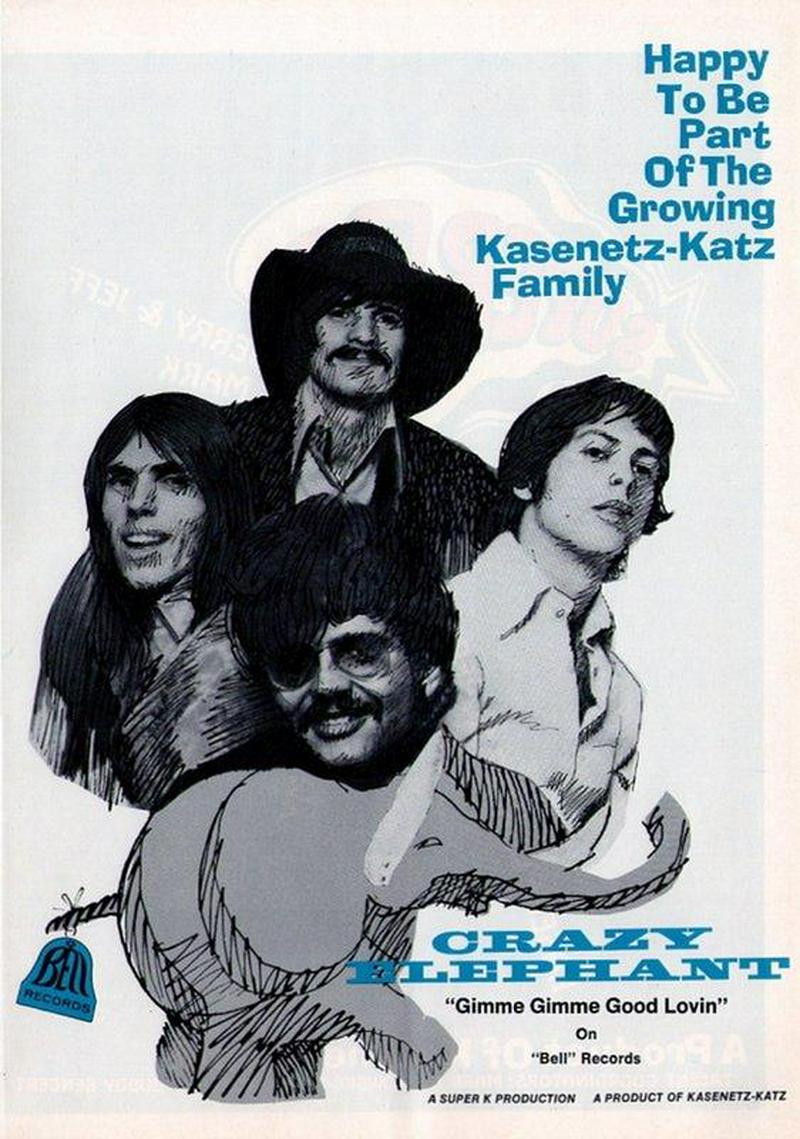
Released by Crazy Elephant, a bubblegum pop outfit put together in the studio by the Marzao-Calvert Studio Band, "Gimme Gimme Good Lovin'" is a super by the numbers love song - but that's not what's so strange about it. Rather then simply release the song as a single without making a big deal about it, the members of the Marzao-Calvert Studio Band created an entire back story for Crazy Elephant that gets weirder by the syllable. Their bio reads:
Kasenetz-Katz discovered their latest hitmaking group, the Crazy Elephant (whom they consider the ultimate in underground acts) in a Welsh coal mine. As everyone can plainly see by looking at the charts, they rose to overnight fame. 'We come up on the elevator,' said the group's lead singer. Nevile Crisken, London nightclub owner, read an article in The Mining News, the country's leading underground newspaper, about a group of miners who hadn't been in the sun in four years. Working in the lowermost depths of the mine, they spent their spare time playing in a rock and roll band. 'We had lots of rocks down there too,' grins the group's drummer. McSteve hopped the first train to Wales, located the mine and descended 18,372,065 feet beneath the surface of the earth and signed the group to a long-term management pact.
Mungo Jerry, "In the Summertime"

In the early '70s no one really knew what kind of music would take hold of the public consciousness. Psychedelic rock was slowly morphing into heavy metal, and hippie inspired pop tunes were still hanging around like a bad headache. Mungo Jerry's "In the Summertime" is neither. It's a bombastic track about being happy no matter the time that sold more than 30 million copies, something that seemed to weigh on the group's constantly changing lineup. They never followed up on the success of this single, leaving them an oddity of the 1970s.
John Fred, "Judy In Disguise (With Glasses)"

This world-wide Number One single is one of the strangest things to come out of the 1960s. Inspired by "Lucy in the Sky with Diamonds," the track is more of a lounge inspired pop track than a stoned out song like what the Beatles kicked out, and listening to it today makes for a seriously strange experience.
The lyrics to "Judy In Disguise" are complete nonsense: "Come to me tonight, come to me tonight/Taking everything in sight/Except for the strings on my kite, etc" so we're not surprised that audiences tired of John Fred pretty quickly.
Bobby "Boris" Pickett, 'The Monster Mash'
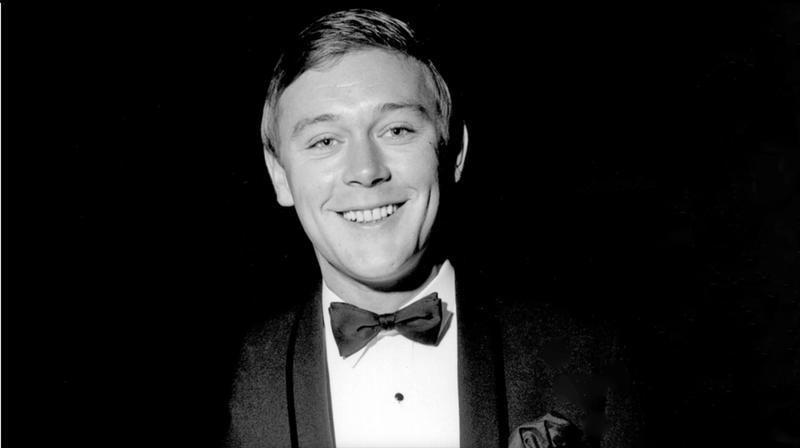
Bobby "Boris" Pickett may be a one-hit wonder from the 1960s, but he wrote and recorded one of the greatest bops of the decade with "The Monster Mash." Written as a way to cash in on the glut of horror movies and dance crazes at the time, the success of "The Monster Mash" was a huge shock to the singer. He tried to follow up the massive hit with similarly themed monster songs ("The Monster Swim," "The Monster Rap"), but he never achieved the same level of success. The song remains a total banger, and there's nothing wrong with that.
The Crazy World of Arthur Brown, "Fire"

It's hard to imagine a song that begins with the phrase, "I am the god of hellfire and I bring you... fire" being a hit today, but that's what was so great about the Groovy era. Incredibly weird songs could become a part of the cultural consciousness by virtue of their inherent strangeness. The fact that the song kind of sounds like lounge music makes the whole thing even more interesting. This was Arthur Brown's only real hit, but he continued to milk it for all it's worth well into the 2000s.
Sugarhill Gang, "Rapper’s Delight"
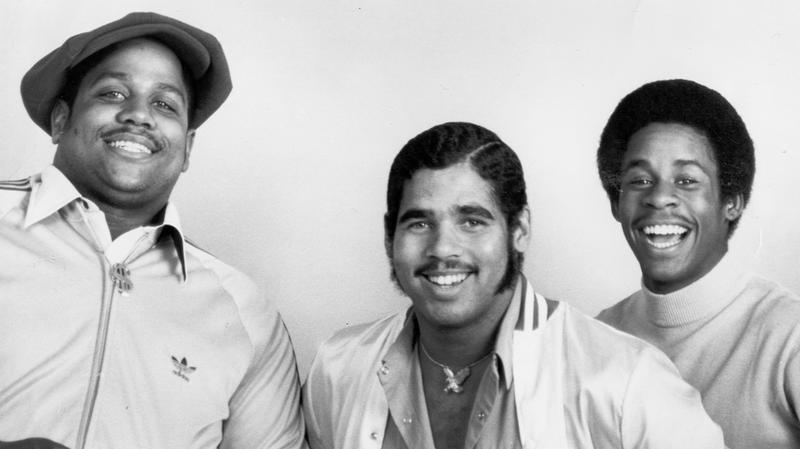
As far as one hit wonders go, "Rapper's Delight" may be one of the most important. Released in 1979 by a trio of rappers who were put together kind of like a hip hop boy band, the single rips from Nile Rodgers and Chic while giving an insight into the world of New York hip hop to people who would never be introduced to this kind of flavor.
Listening back today, "Rapper's Delight" is incredibly dated, but it's clear that we'd never have acts like The Beastie Boys, Biggy, or Wu-Tang without it.
Nick Lowe, "Cruel to Be Kind"

Nick Lowe is the kind of artist who doesn't really need hits. As a songwriter he crafts funny, acerbic pop tunes that work no matter the era, and as a producer he's helmed some of the most popular albums of the '70s and '80s. That doesn't mean he can't be a one hit wonder. With his sad sack single "Cruel to Be Kind," Lowe had his first and only solo foray into the U.S. singles charts while simultaneously racking up hits across the globe. Even though the chart success was never replicated Lowe managed to stay busy as touring troubadour and producer.
The Surfaris, 'Wipe Out'

It doesn't matter if you were born in time to experience the 1963 hit by the Surfaris or if you were born yesterday, you know "Wipe Out." Or at the very least you know the tom-tom heavy drum pattern that opens the song and the cartoonish call of "Wiiiiipe out" that fills the song. The song spent two months on the Billboard charts, reaching number 2 during its six week run. A true success for a genre that died out from popular culture pretty much the moment that it took off.
Every Mother's Son, "Come On Down to My Boat"

This 1967 hit song has a killer groove, smashing hand claps, and a spectacular farfisa sound that's straight out of the exotica playbook all playing beneath a song about a fisherman's daughter who's been tied up to a dock. Is it a metaphor? Of course. Does t make any sense? No way, and that's why we love it.
Starland Vocal Band, "Afternoon Delight"
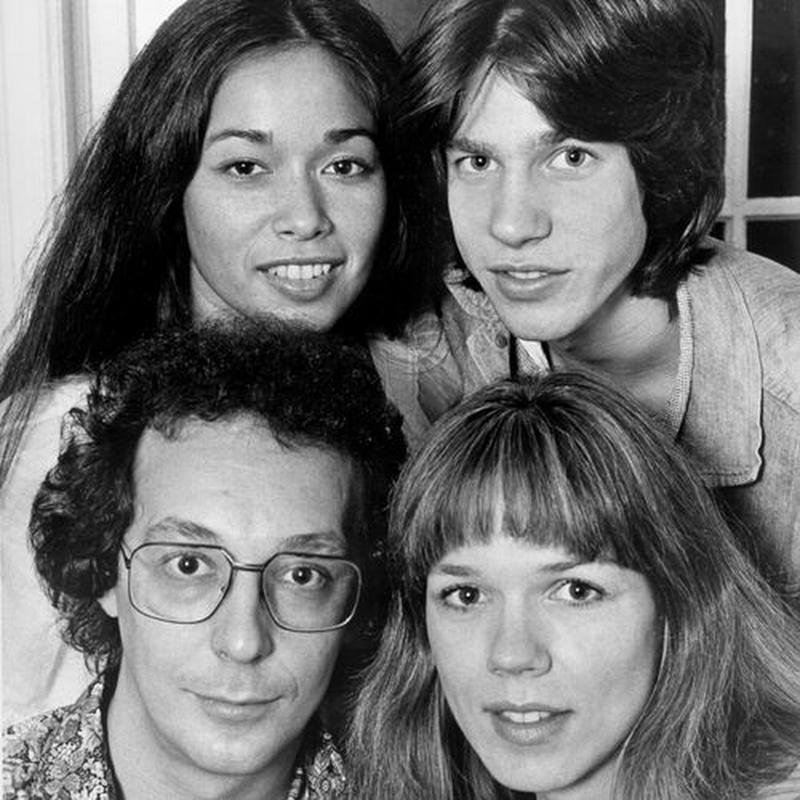
Every few years "Afternoon Delight" comes back around in some form in film and television, which has to be nice for the husband and wife collective who make up the Starland Vocal Band. This incredibly sensual, folky tune made its way onto radios across the country before nabbing the group two Grammy Awards. Unfortunately, the band was never able to capture the eye raising magic of this song again and they faded away like the afternoon sun.
Junk Food Junkie
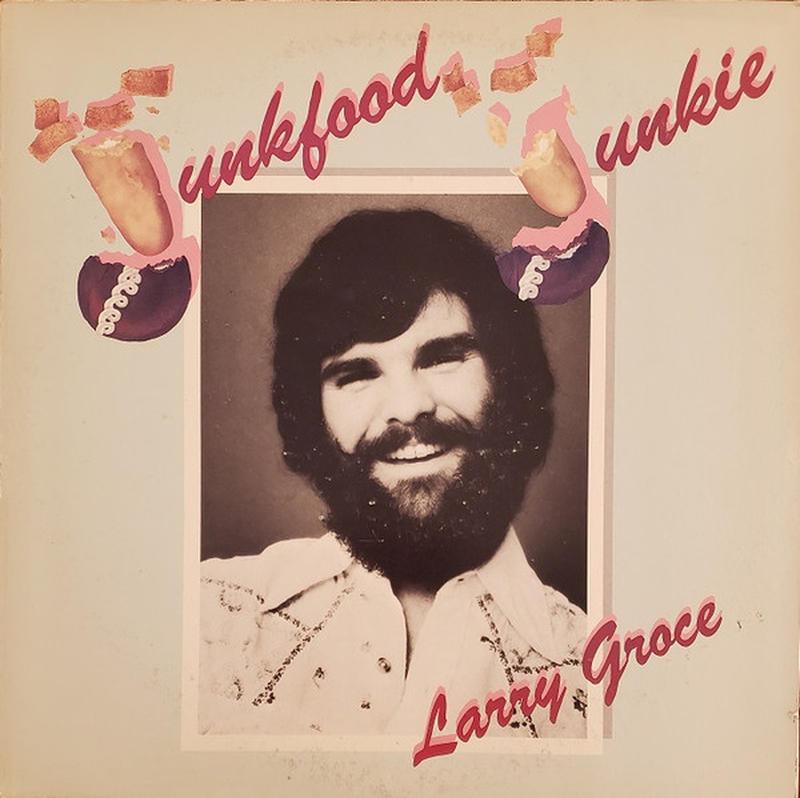 Is "Junk Food Junkie" the greatest novelty song of the 1970s? Maybe. We're not really ready to make that argument yet, but we do think it's pretty funny. This love letter to junk food and the then fad of a natural diet spent 15 weeks on the Billboard Charts, finally hitting Number 9 on the Hot 100. Groce left the world of pop music to co-found the two-hour live radio show Mountain Stage which he hosted from 1983 to 2021.
Is "Junk Food Junkie" the greatest novelty song of the 1970s? Maybe. We're not really ready to make that argument yet, but we do think it's pretty funny. This love letter to junk food and the then fad of a natural diet spent 15 weeks on the Billboard Charts, finally hitting Number 9 on the Hot 100. Groce left the world of pop music to co-found the two-hour live radio show Mountain Stage which he hosted from 1983 to 2021.The Human Beinz, 'Nobody but Me'

Coming in hot at number eight is "Nobody but Me" by the Human Beinz, a bar band from Youngstown, Ohio, who spent much of their early career recording covers of hit songs by other bands. Their hit single is actually a cover of an Isley Brothers tune and it features the most repetitive use of the word "no" in pop music history.
The band followed up their hit with a cover of Bobby Bland's "Turn On Your Love Light" which peaked at Number 80 in America while shooting straight to number one in Japan. The band broke up in 1969 and that's all she wrote.
Mark Dinning, 'Teen Angel'

"Teen Angel" is a teenage tragedy song that was written by Jean Dinning and performed by Jean's brother, Mark Dinning. It went on to become a #1 hit on February 8, 1960. Mark Dinning never recorded another hit song and died of a heart attack in 1986 at the age of 52, in Jefferson City, Missouri. Strangely enough, the song was included in the soundtrack to the movie American Graffiti, begging the question, “Why didn’t this artist go any further?”
The Hollywood Argyles, 'Alley-Oop'

The song, "Alley-Oop", was written and composed by Dallas Frazier. The song, inspired by the V. T. Hamlin-created comic strip of the same name, was first recorded by Frazier as a country tune in 1957. The Hollywood Argyles, a short-lived studio band, recorded the song in 1960, and it reached #1 on the Billboard Hot 100 and No. 3 on the US R&B chart. It was produced by Gary Paxton, who also sang lead vocals. The chief Argyle, Gary Paxton, was also the leader of Bobby “Boris” Pickett’s Crypt-Kicker Six.
Maurice Williams & The Zodiacs, 'Stay'

"Stay" is a doo-wop song written by Maurice Williams and first recorded in 1960 by Williams with his group, The Zodiacs. Commercially successful recordings of the same song were later also released by both The Hollies and The Four Seasons.
Maurice Williams and the Zodiacs were an American doo-wop/R&B vocal group in the late 1950’s and early 1960’s. Originally known by the name, The (Royal) Charms. The band went on to change its name (two more times) to The Gladiolas in 1957 and The Excellos in 1958. They finally settled on The Zodiacs. Could all of the confusion with the various name changes have hurt their following? It is also interesting to note that the The Four Seasons, a well-known group of that era, later took “Stay” to #16 on the charts in 1964.
Bruce Channel, 'Hey! Baby'

"Hey! Baby" is a song written by Margaret Cobb and Bruce Channel, and recorded by Channel in 1961. It was first released on LeCam Records, a local Fort Worth, Texas label. The song reached #1 on the Billboard Hot 100 for three weeks, starting the week ending March 10, 1962.
Delbert McClinton blows the harp on this, and it was when Channel was touring with the Beatles that McClinton famously taught John Lennon how to play the harmonica.
The Singing Nun, 'Dominique'

“Dominique" is a 1963 French language popular song, written and performed by Jeannine Deckers of Belgium, better known as Sœur Sourire or The Singing Nun. "Dominique" is about Saint Dominic, a Spanish-born priest and founder of the Dominican Order, of which she was a member (as Sister Luc-Gabrielle).
The song reached and stayed at #1 on on both the U.S. Billboard Hot 100 and "easy listening chart" for four weeks in December of 1963.
Deckers never again reached the same success and continued to lead a colorful, but tragic life. Deckers and her companion of ten years both committed suicide in 1985 because of financial and tax problems stemming from the recording of the song. Debbie Reynolds portrayed her in the 1965 film version; Jeanne Deckers left the convent the following year.
The New Vaudeville Band, 'Winchester Cathedral'

Winchester Cathedral" is a song by The New Vaudeville Band, a British novelty group established by the song's composer, Geoff Stephens, and was released in late 1966 by Fontana Records.
It reached #1 in the U.S. on the Billboard Hot 100 chart. Stephens wrote "Winchester Cathedral", complete with a Rudy Vallée soundalike (John Carter) singing through his hands to imitate a megaphone sound. The song was recorded entirely by session musicians and an actual band had to assembled when it became an international hit. The band toured extensively under the tutelage of Peter Grant, who later went on to manage The Yardbirds and Led Zeppelin.
The leader of the New Vaudeville Band, Geoff Stephens, also wrote the hit songs “There’s a Kind of Hush” and “The Crying Game.”
Zager & Evans, 'In The Year 2525'
 "In the Year 2525" is a 1969 hit song by the American pop-rock duo Zager and Evans. It reached #1 on the Billboard Hot 100 for six weeks, commencing July 12, 1969. Zager and Evans disbanded in 1971.
"In the Year 2525" is a 1969 hit song by the American pop-rock duo Zager and Evans. It reached #1 on the Billboard Hot 100 for six weeks, commencing July 12, 1969. Zager and Evans disbanded in 1971.It is unusual for a recording artist to have a number one hit and then never have another chart single. Zager and Evans are the only band to do this in both the U.S. Billboard Hot 100 and the UK Singles Chart.
Zager now builds custom guitars at Zager Guitars, which is based in Lincoln, Nebraska. Evans has largely stayed out of the public eye, but resurfaced for some online commentaries about "2525" and his recent life in 2013.
Steam, 'Na Na Hey Hey Kiss Him Goodbye'

"Na Na Hey Hey Kiss Him Goodbye" written and recorded by Paul Leka, Gary DeCarlo and Dale Frashuer, attributed to a then-fictitious band they named "Steam." This was a studio-only group and when the song hit, Paul Leka put together a band called Steam to tour behind it. The band broke up before they ever went on the tour, so Leka had to then put together another touring group.
It became a #1 pop single on the Billboard Hot 100 in late 1969, and remained on the charts in early 1970.
In 1977, Chicago White Sox organist Nancy Faust started playing the song when White Sox sluggers knocked out the opposing pitcher. The fans sang the song and a sports ritual was born! The song's chorus remains well-known, and is still frequently used as a crowd chant at many sporting events.
? and the Mysterians, '96 Tears'

Out of all the one-hit wonders of the 1960s "96 Tears" by ? and the Mysteries may be the most memorable. Recorded in the living room of the band's manager, this song hit Number One in 1966. The odd organ sounds and strange, repetitive lyrics essentially created a sub-genre of garage rock but the band was never able to capitalize on the success of their hit song.
Buffalo Springfield, 'For What Its Worth'

It's a shame that one of the more important bands of the 1960s is a one-hit wonder, but we're just going by the numbers on this one. With "For What It's Worth," Buffalo Springfield scored a massive hit that continues to resonate today. Unfortunately, less than a year after the release of their million selling single the band went through a series of lineup changes that saw Neil Young leave the band shortly before Steven Stills followed suit.
Iron Butterfly, 'In-A-Gadda-Da-Vida'

"In-A-Gadda-Da-Vida" by Iron Butterfly is one of the more iconic tracks by a one-hit wonder mostly because it's such a wild song to be a hit. Coming in at a whopping 17 minutes long, the abridged version of the track hit Number 30 on the Billboard charts in 1968. Seen as an early forebear to heavy metal, this bombastic track features both an organ and a drum solo in the midst of a love song that takes place in the Garden of Eden. The '60s were wild and we wish that this kind of song could still hit the charts.
Staff Sergeant Barry Sadler, 'The Ballad Of The Green Berets'

Politically charged songs promoting war have been hits in every era, but only in the '60s could a ballad song in a weird talky voice by an actual Staff Sergeant hit Number 1 on the Billboard charts. The single moved more than two million units and the album sold nearly 10 million copies. It's insane that this song was a thing. With success like that it's hard to go anywhere but down, and that's exactly what Sadler did when his followup single, "The A Team" failed to chart as successfully.
Norman Greenbaum, 'Spirit In The Sky'

No comments: